Living with scoliosis sometimes feels like an uphill battle – those moments when you can’t get comfortable during movie night, when clothes don’t quite fit right, or when you hesitate before joining that pickup basketball game.
As a bodywork therapist, I’ve seen how these challenges lead some clients to give up activities they love, while others develop elaborate workarounds just to get through their daily routines. But here’s the thing – while scoliosis presents real challenges, there are effective ways to work with your body to help you feel better and move more freely.
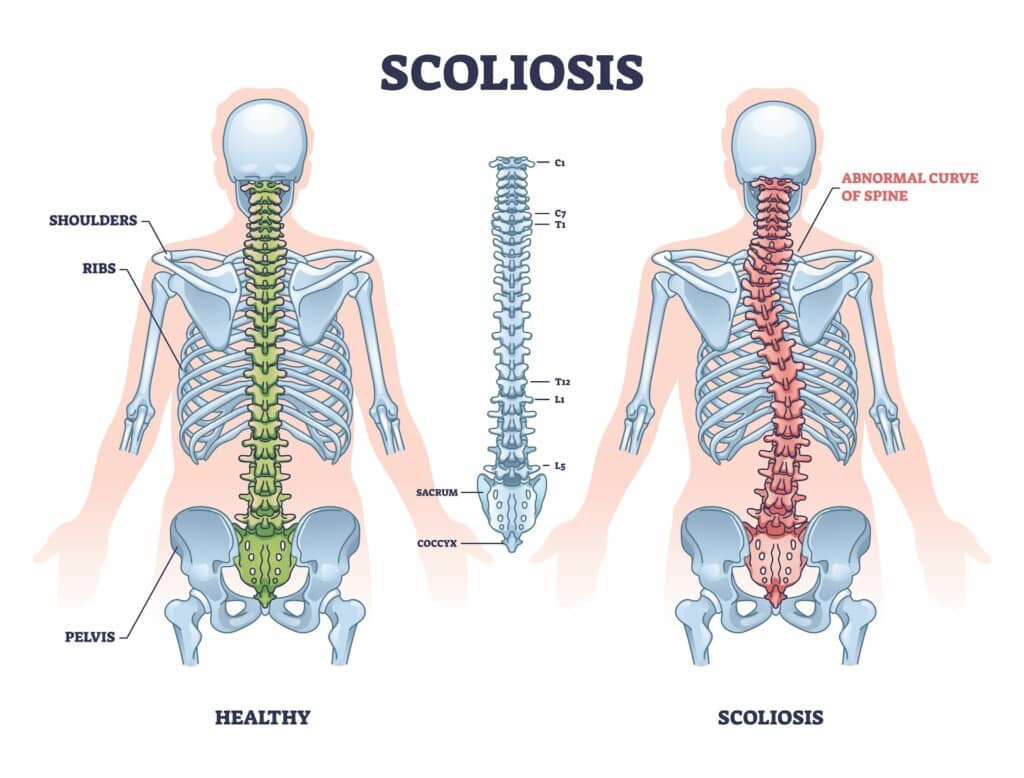
Living with scoliosis means your spine has developed a sideways curve, often taking on an S or C shape. But here’s what many people don’t realize – scoliosis isn’t just about the spine. It creates a complex pattern of compensations throughout your entire body:
I remember working with Lisa, a 32-year-old software developer, who came in convinced her body was “just wrong.” Through our work together, she learned to understand her body’s patterns and found ways to work with them rather than against them.
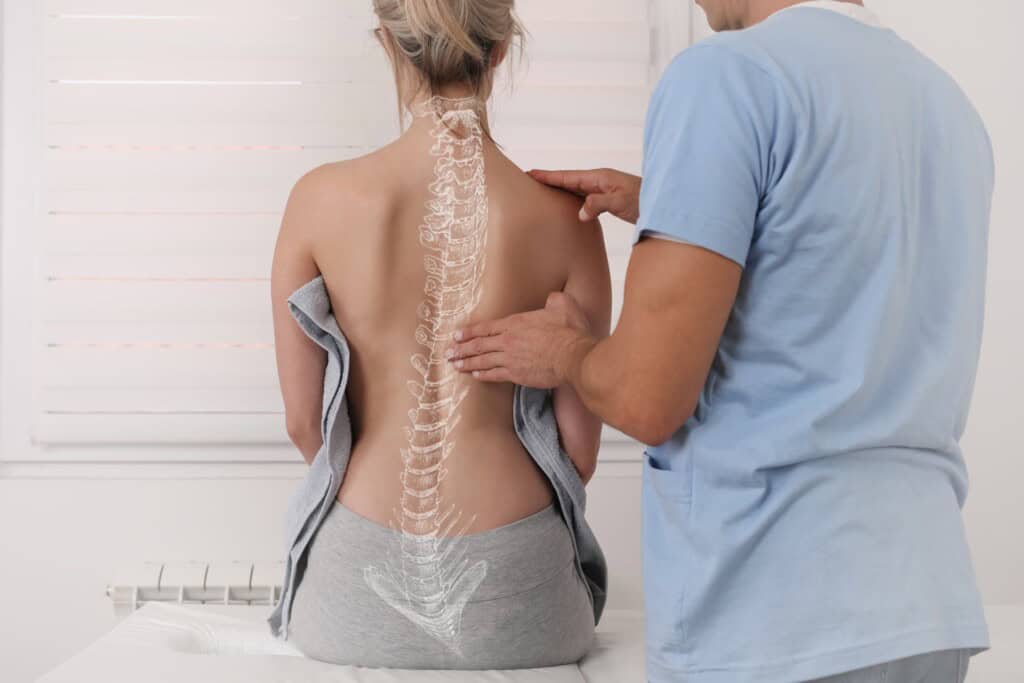
Understanding what’s behind your scoliosis helps make sense of your experience. Let me break down the main types we see in our practice.
Idiopathic Scoliosis is the most common type. Healthcare providers actually don’t know exactly what causes it. While we see patterns – like how it runs in families – the specific cause remains a mystery. What we do know:
Congenital Scoliosis means you were born with it:
Neuromuscular Scoliosis is connected to conditions affecting your muscles and nerves:
Degenerative Scoliosis typically develops in adulthood:
Functional Scoliosis is different because it’s temporary:
The good news? No matter which type you have, understanding its nature helps us create a more effective treatment plan for you.
Living with scoliosis affects your body in ways that might not be obvious at first. Beyond the visible curve in your spine, you might notice:
Changes in Your Appearance and Movement
These physical changes often lead to comfort challenges:
What surprises many of my clients are the subtle effects:
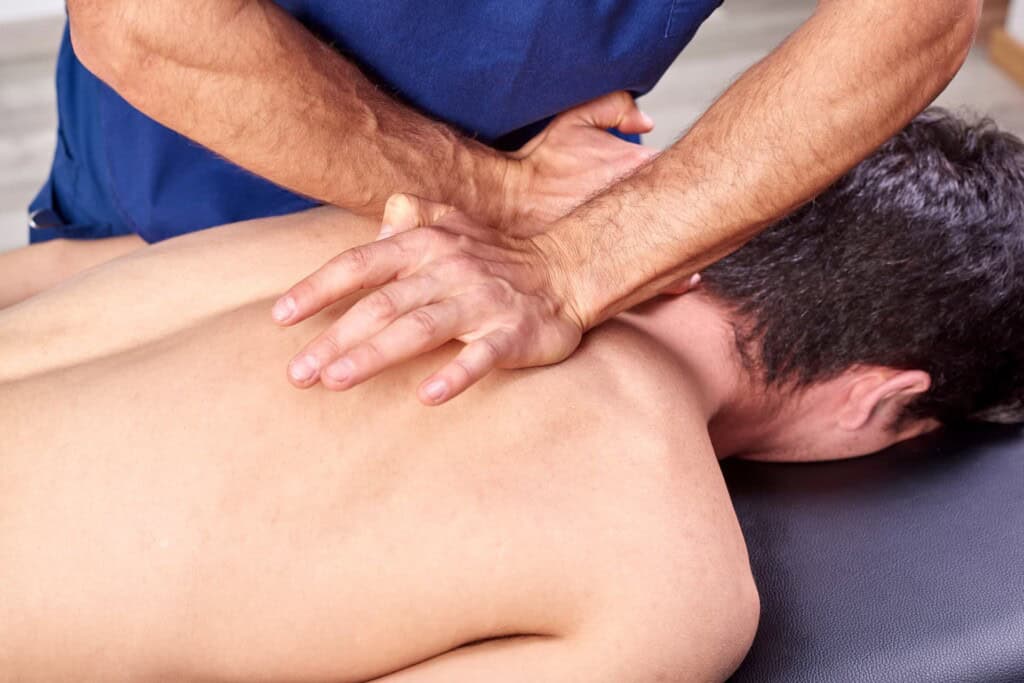
Every body responds differently to scoliosis, which is why we use a combination of techniques, each serving a unique purpose:
The fascia in your body is like a sweater that wraps around everything. With scoliosis, this “sweater” becomes twisted and bunched up in some areas while being pulled too tight in others. Through precise, gentle pressure, we help your body find better balance and ease of movement.
Scoliosis creates areas of intense muscle tension – what we call trigger points. These spots aren’t just painful; they’re pulling your body further into imbalance. We locate and release these points, bringing immediate relief and helping break the cycle of compensation.
When your spine curves, it affects how every joint in your body moves. Our gentle joint work focuses on restoring natural movement patterns, particularly in areas where your body has become restricted.
This technique is particularly effective for the deep muscle tension that comes with scoliosis. Sarah, a violin teacher I work with, found that cupping helped release shoulder tension that years of other treatments hadn’t touched, allowing her to play comfortably again.
We’ll guide your body through carefully planned stretches that respect your unique curve pattern while building strength and flexibility where you need it most.
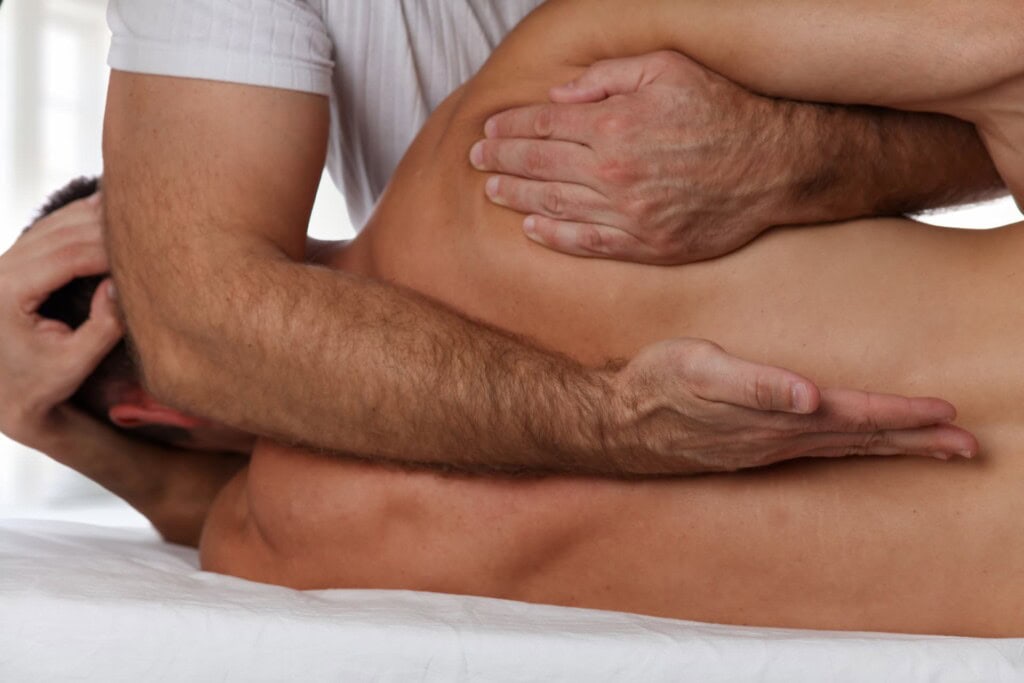
Your journey with bodywork therapy is as unique as your curve pattern. Here’s what you can expect:
Getting Started Your first session begins with a thorough assessment of your curve pattern and how it affects your daily life. We’ll discuss your goals, whether that’s reducing pain, improving mobility, or getting back to activities you love.
Building Your Program Together, we’ll create a treatment plan that combines the most effective techniques for your specific needs. As your body responds to treatment, we’ll adjust our approach to support your progress.
Long-Term Success You’ll learn practical self-care techniques to maintain progress between sessions and develop a deeper understanding of your body’s needs. Many clients find they can return to activities they thought were off-limits, armed with new awareness and tools for managing their comfort.
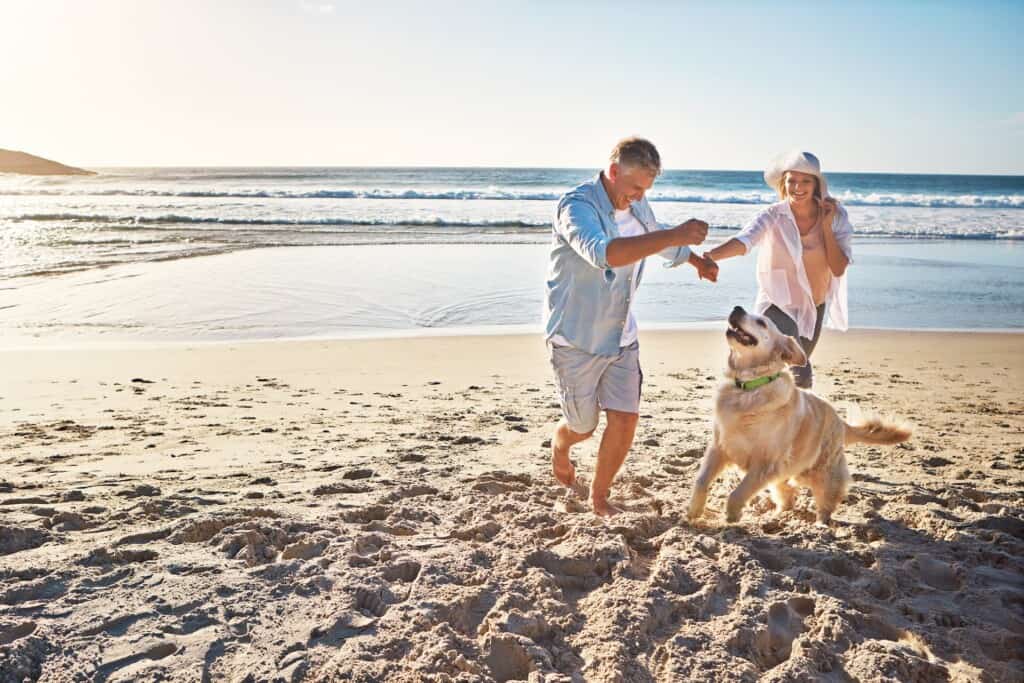
One of my favorite success stories is Jamie, a 45-year-old artist who came in barely able to stand at her easel. Through consistent bodywork therapy, she not only returned to painting but recently completed her first marathon.
While everyone’s journey is different, the message remains the same: scoliosis doesn’t have to define your limits. Ready to explore how bodywork therapy can help you move more freely and live more comfortably? Let’s work together – schedule your session today.